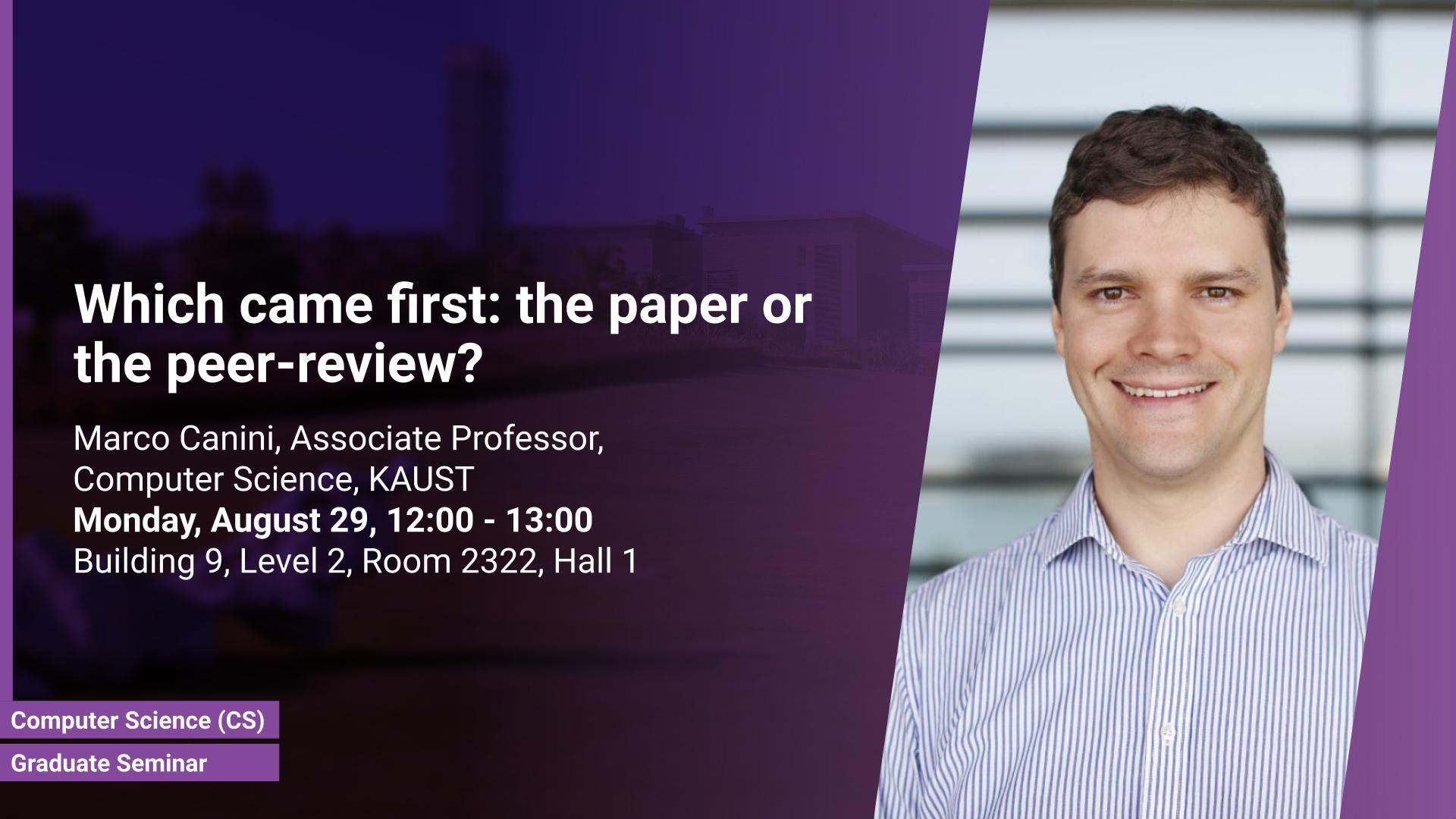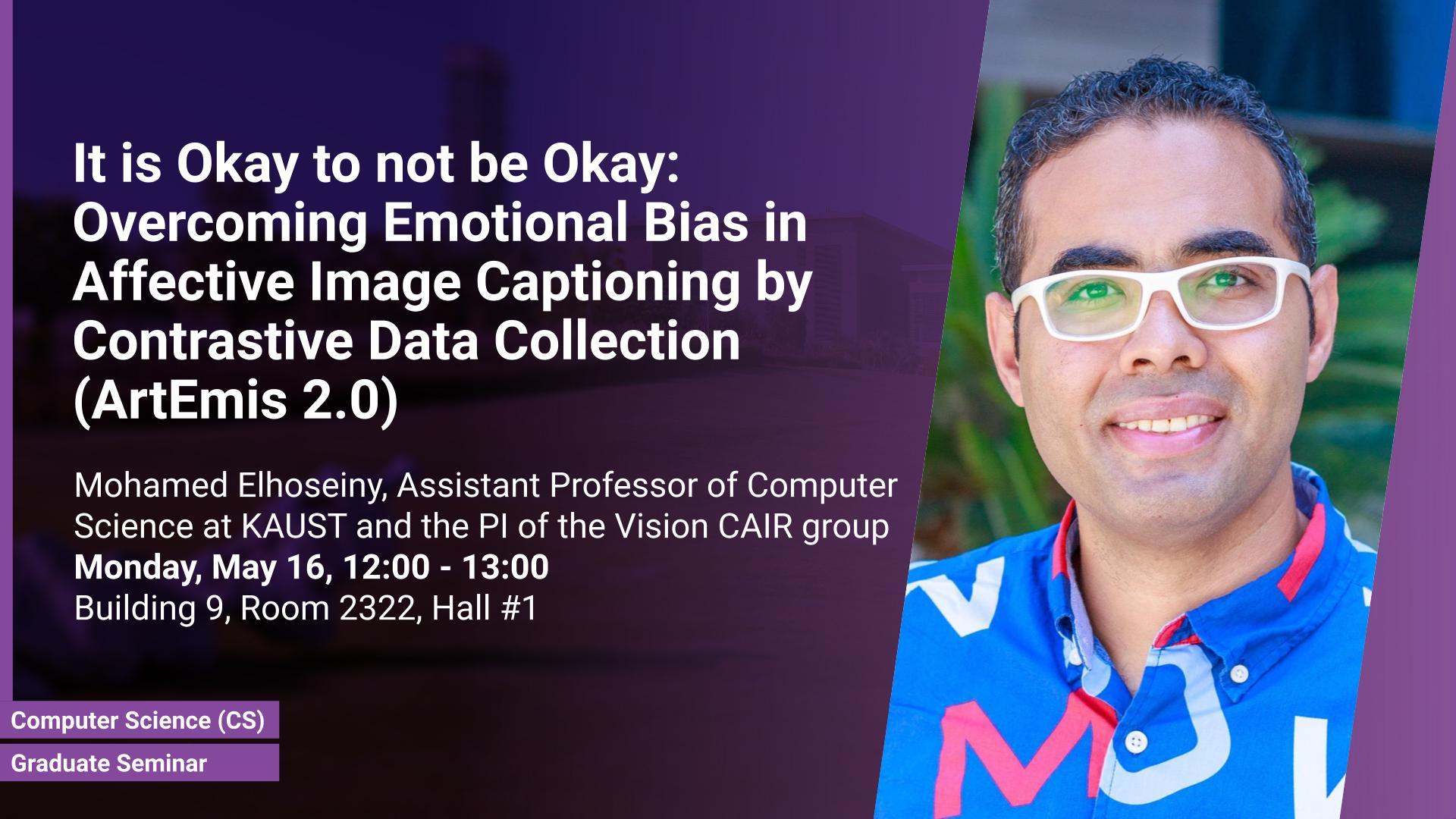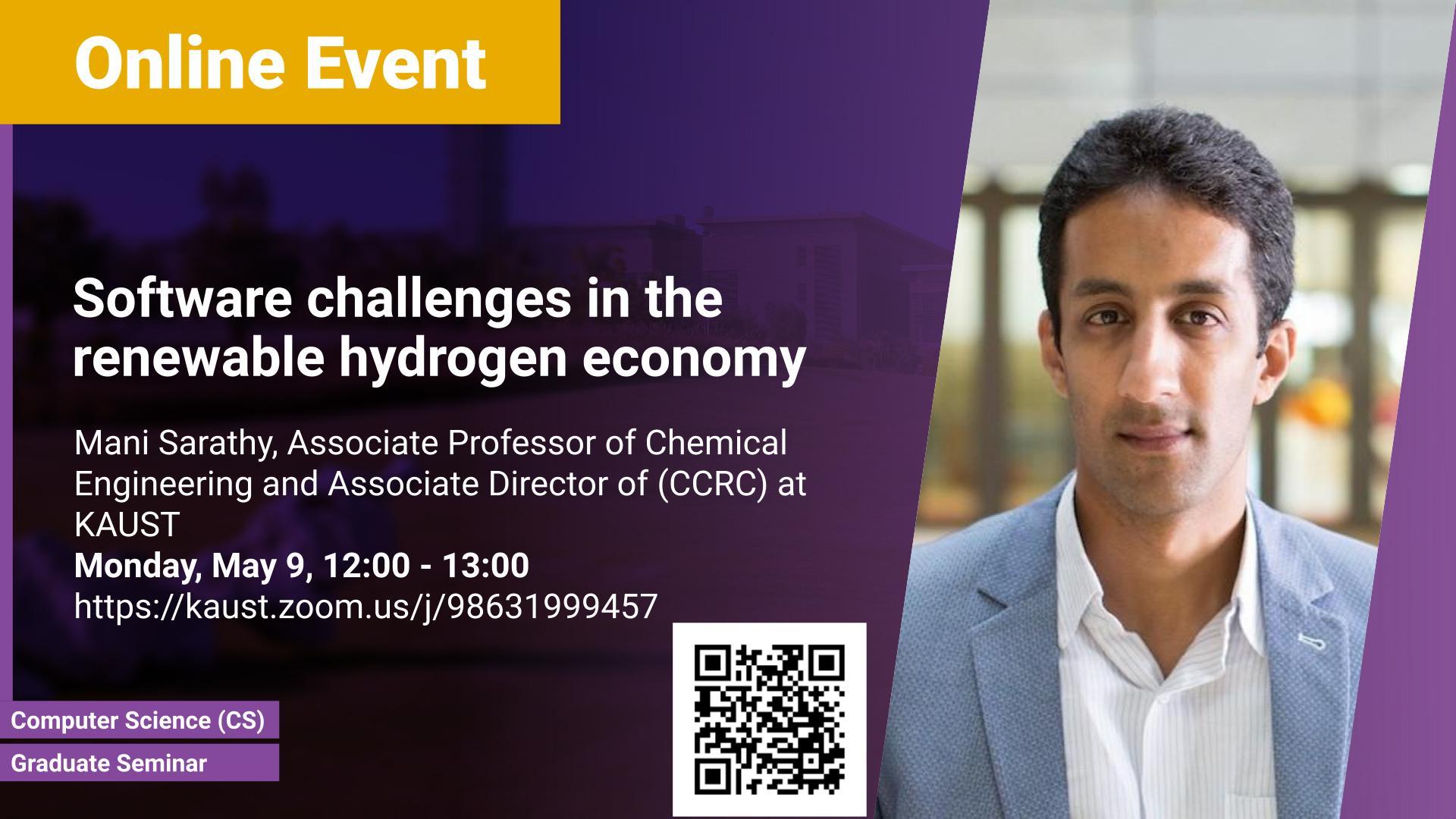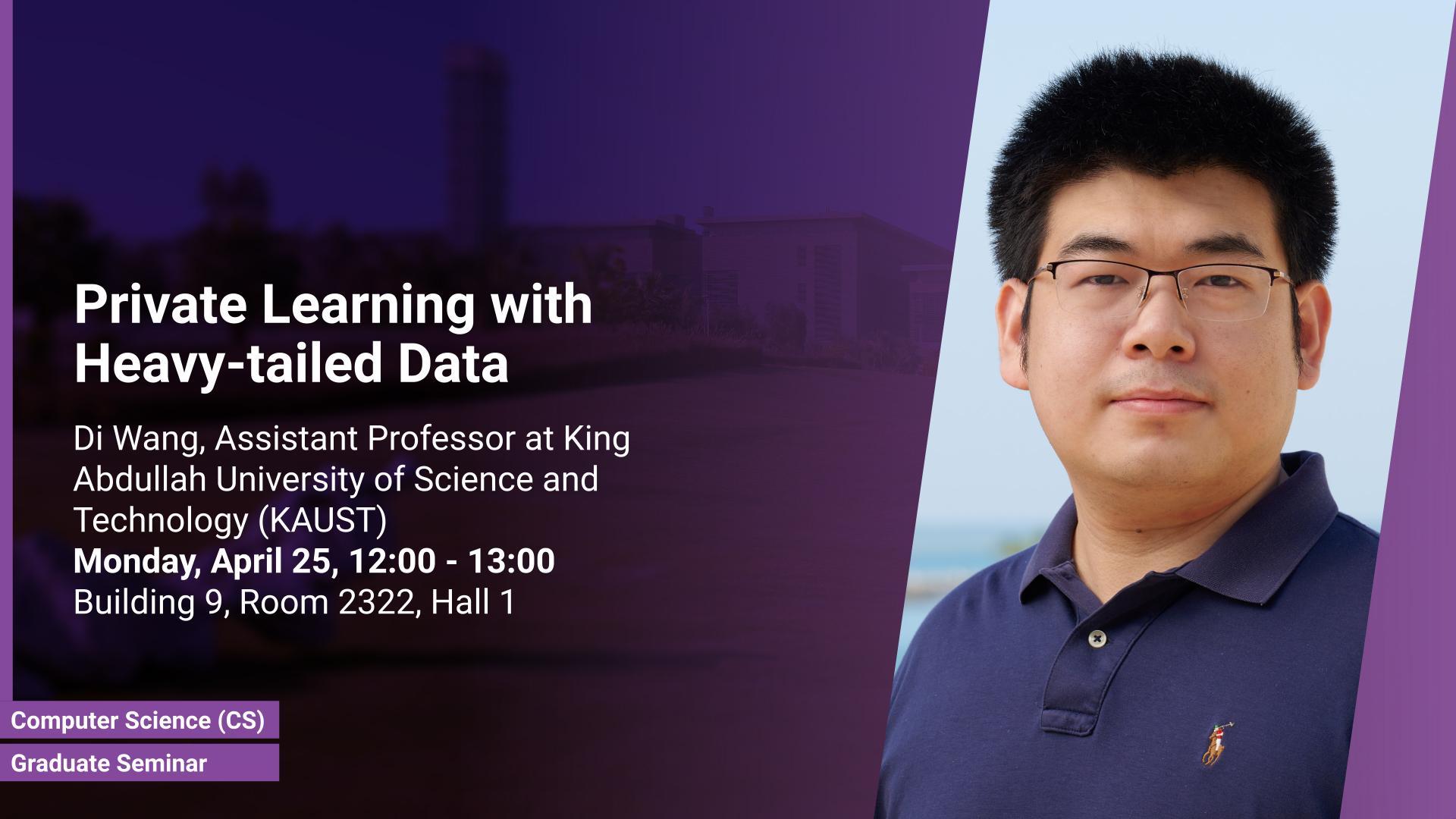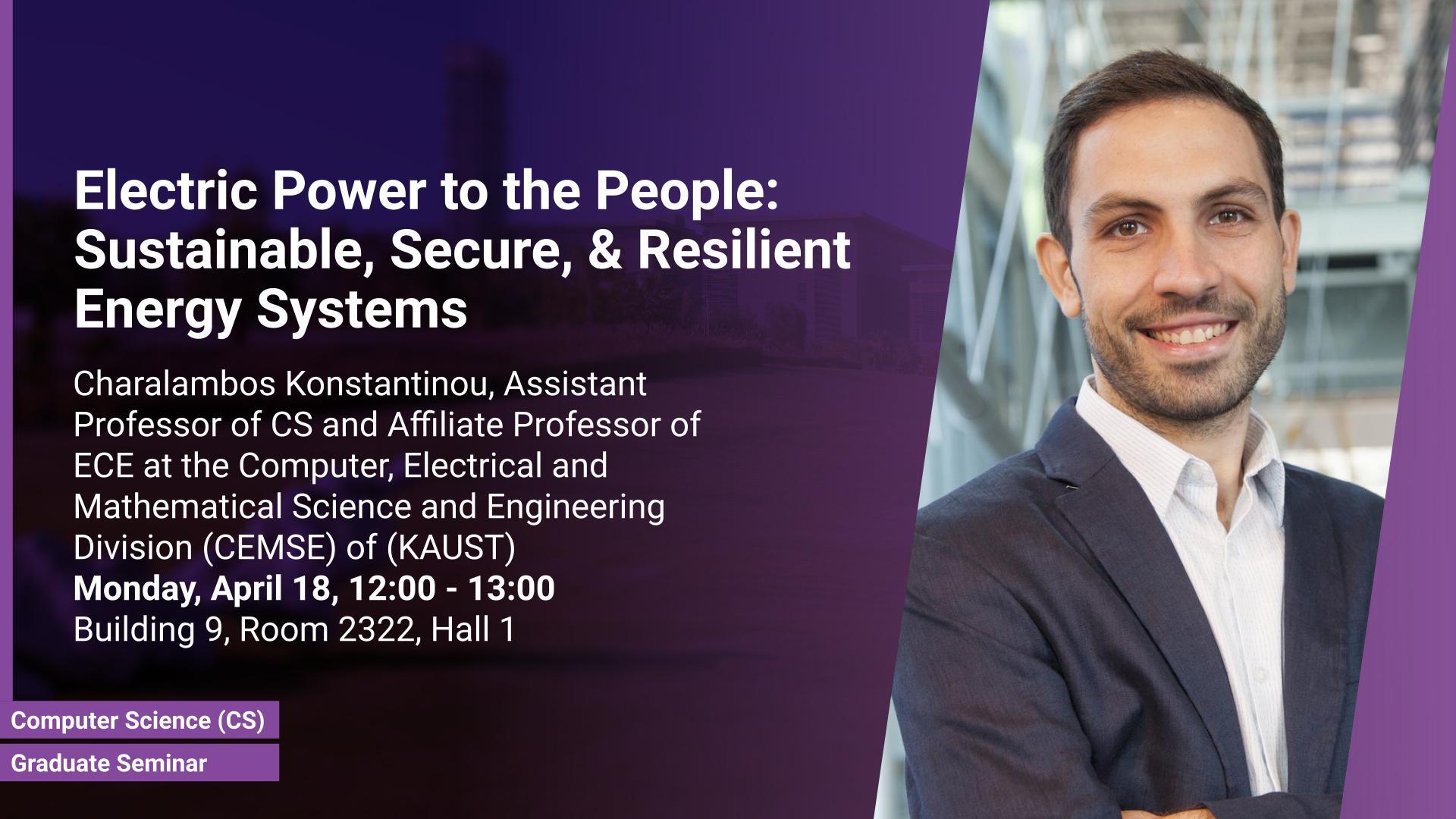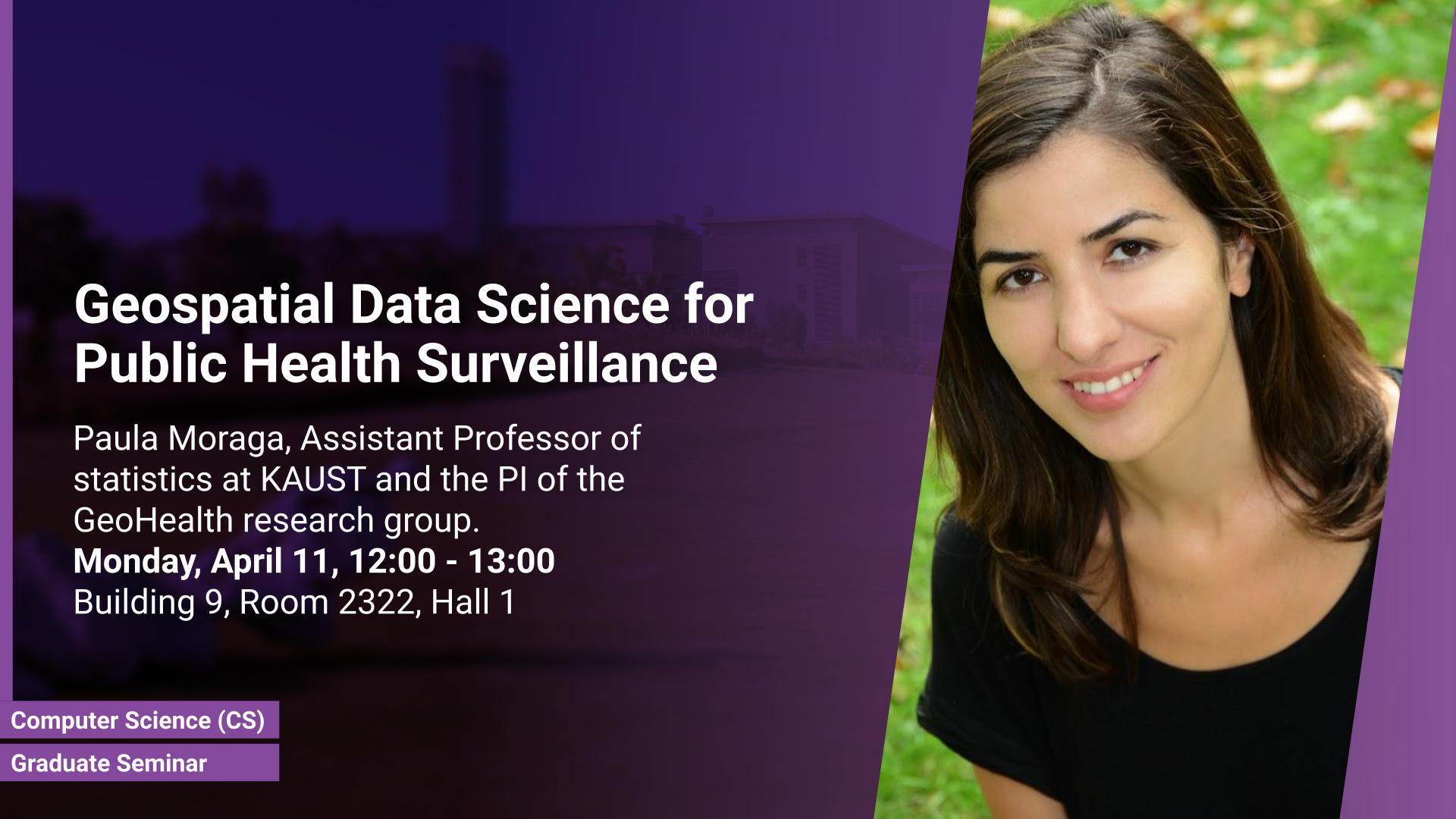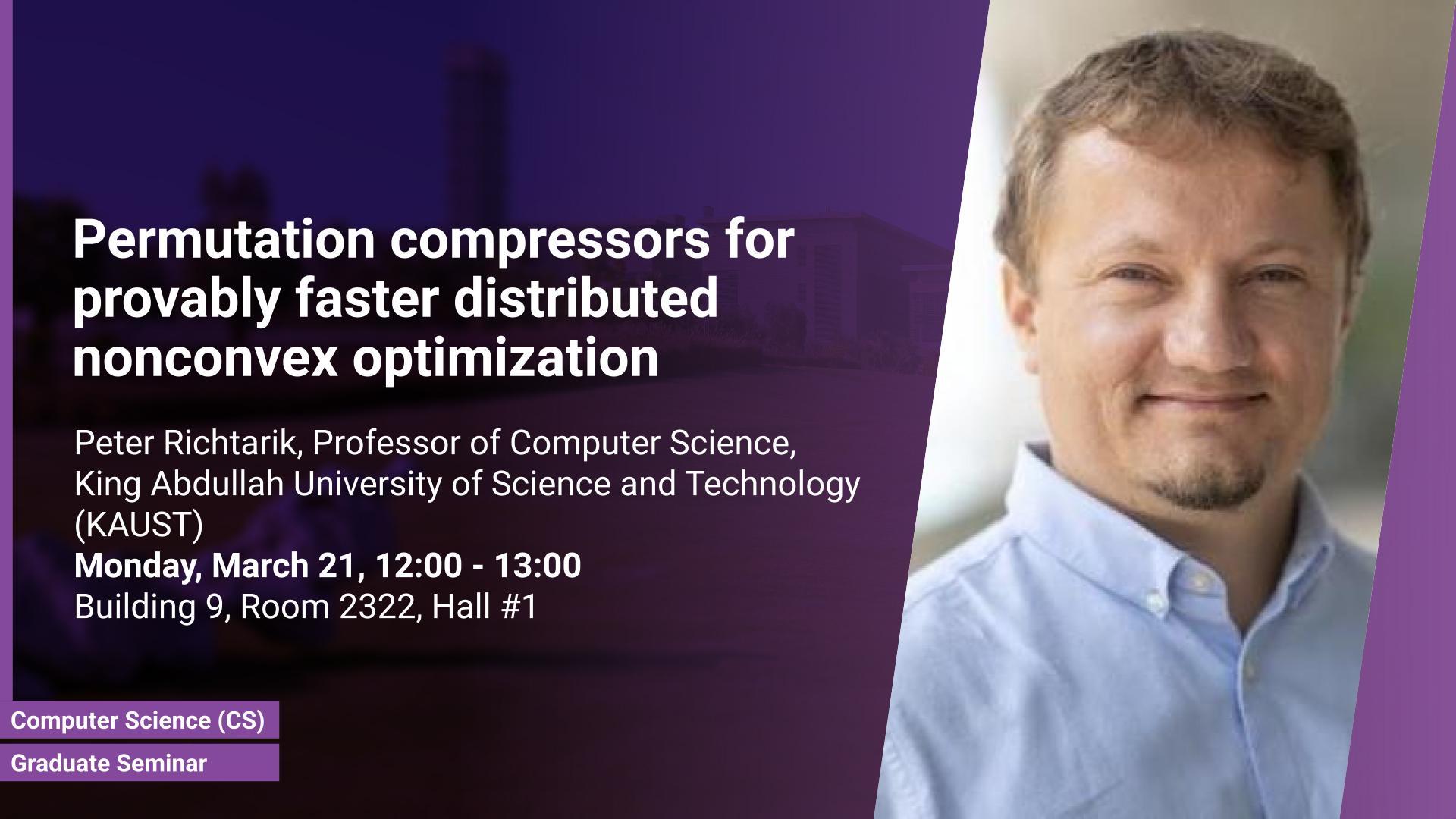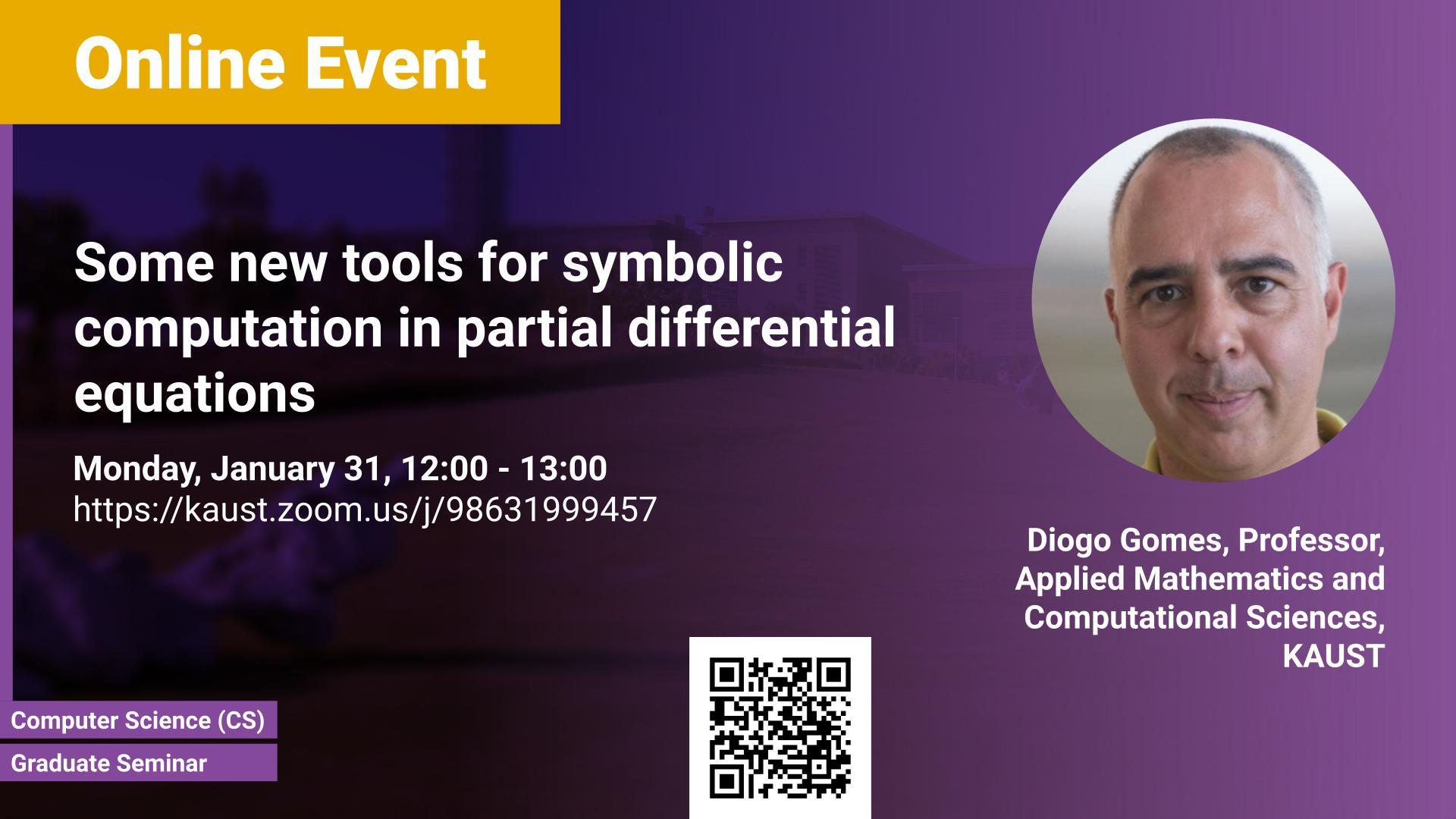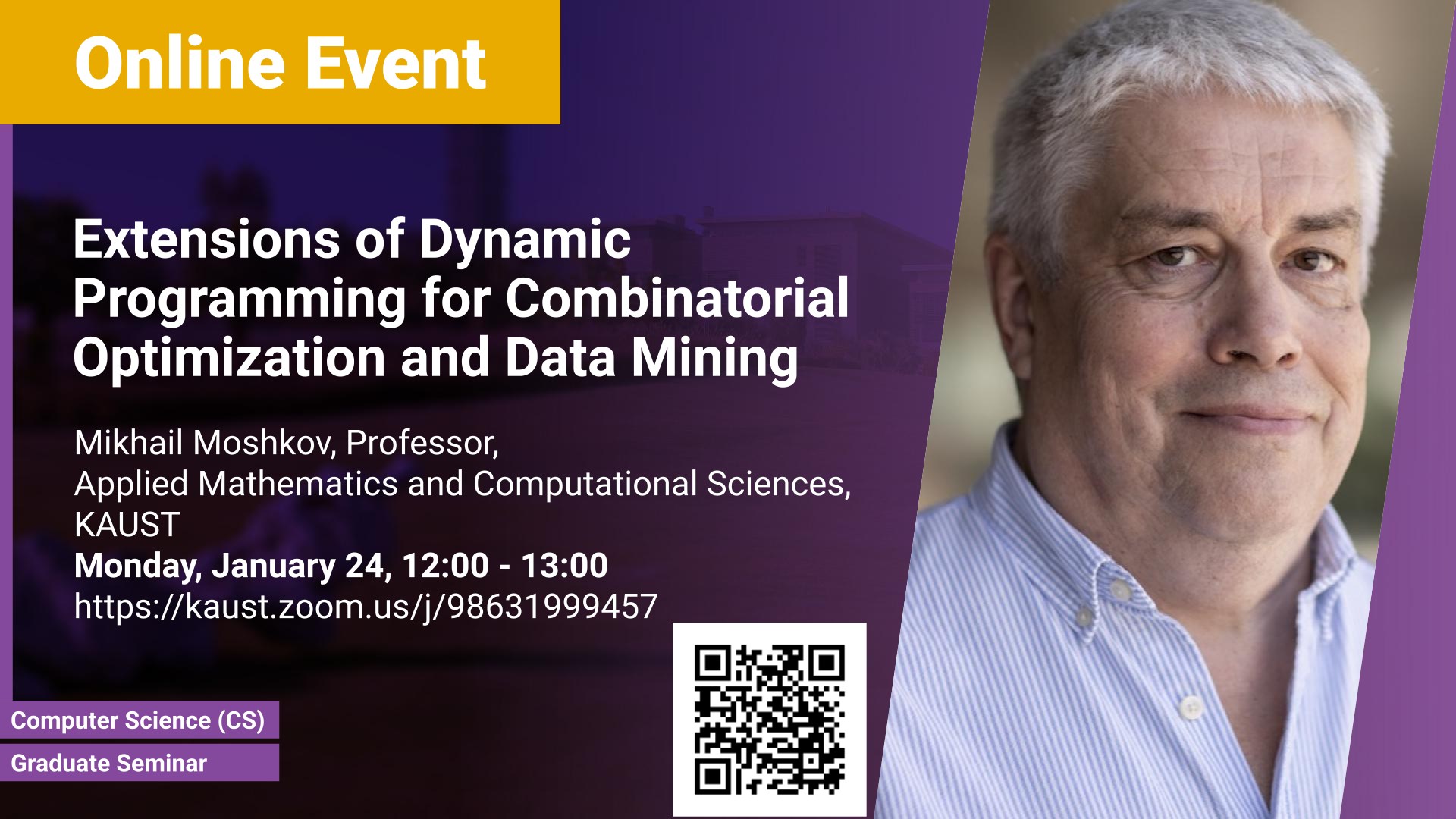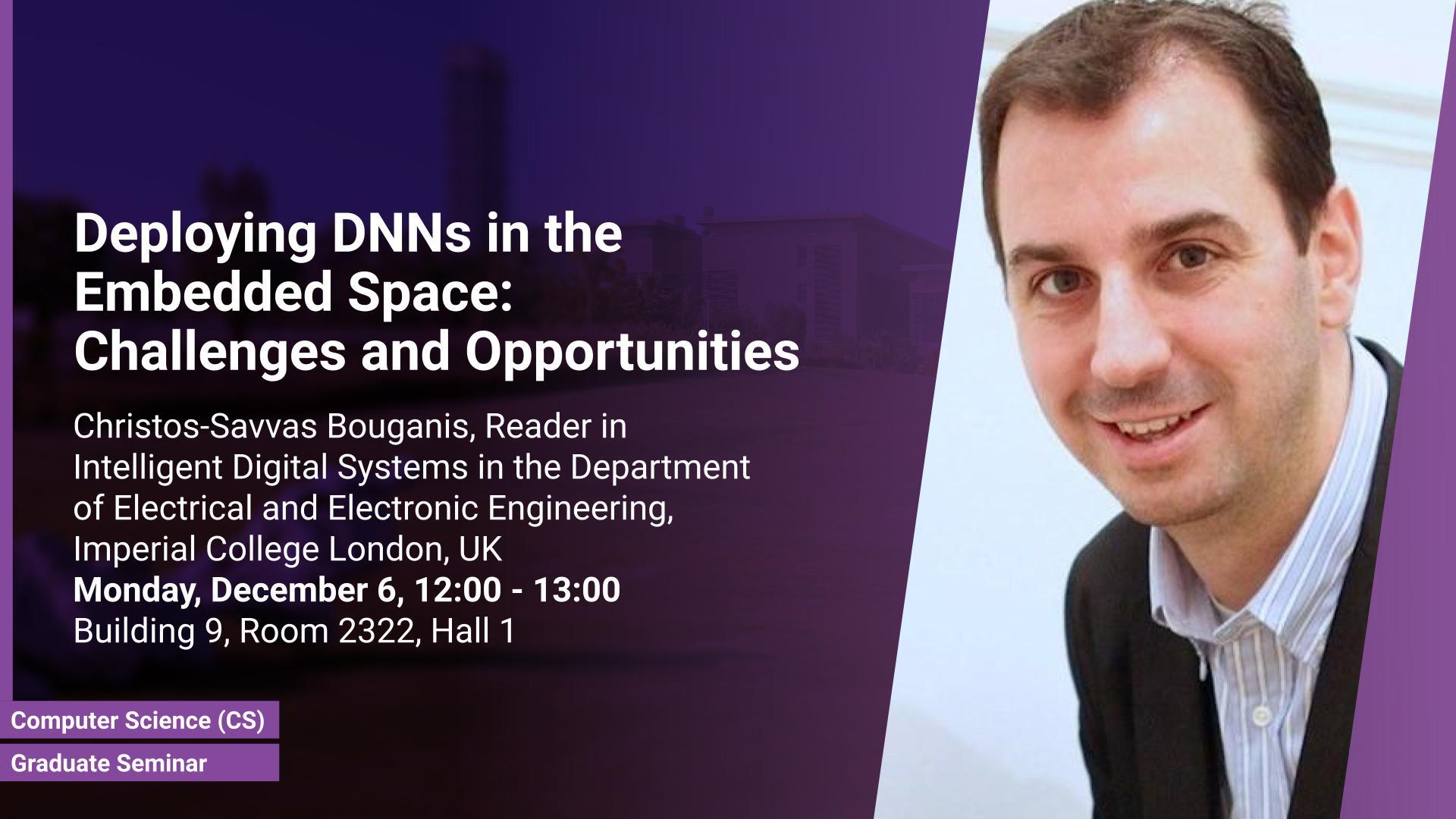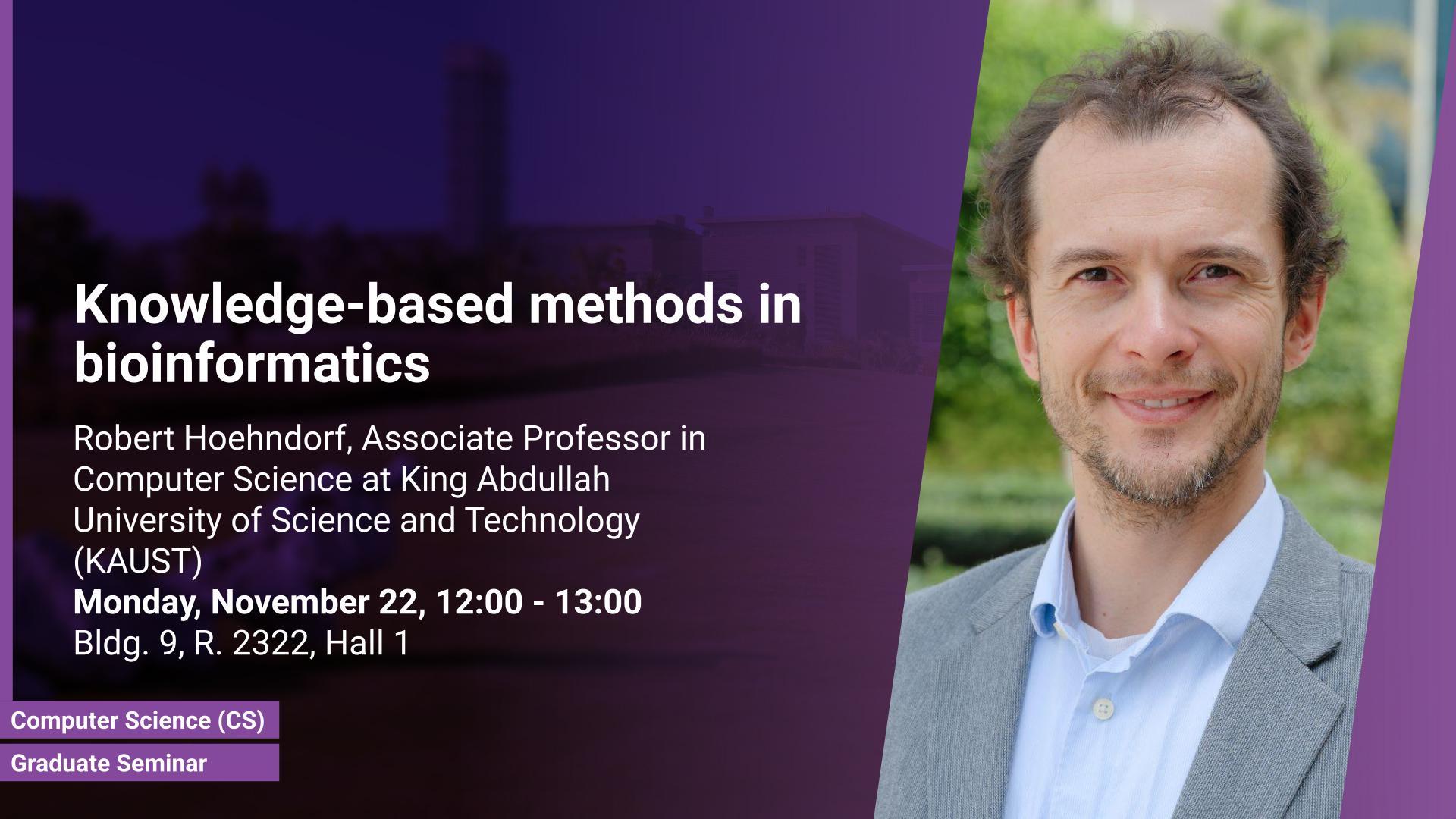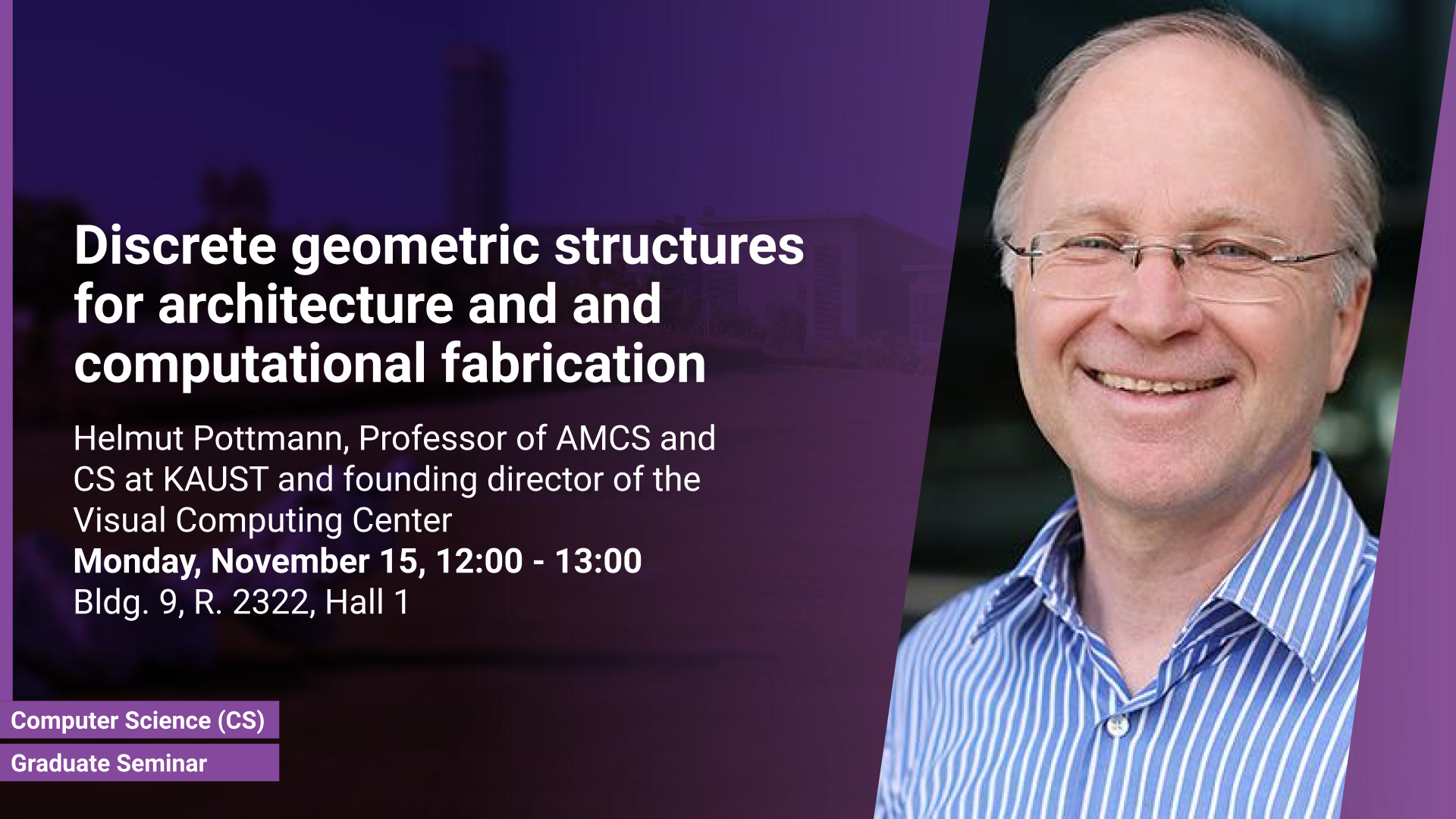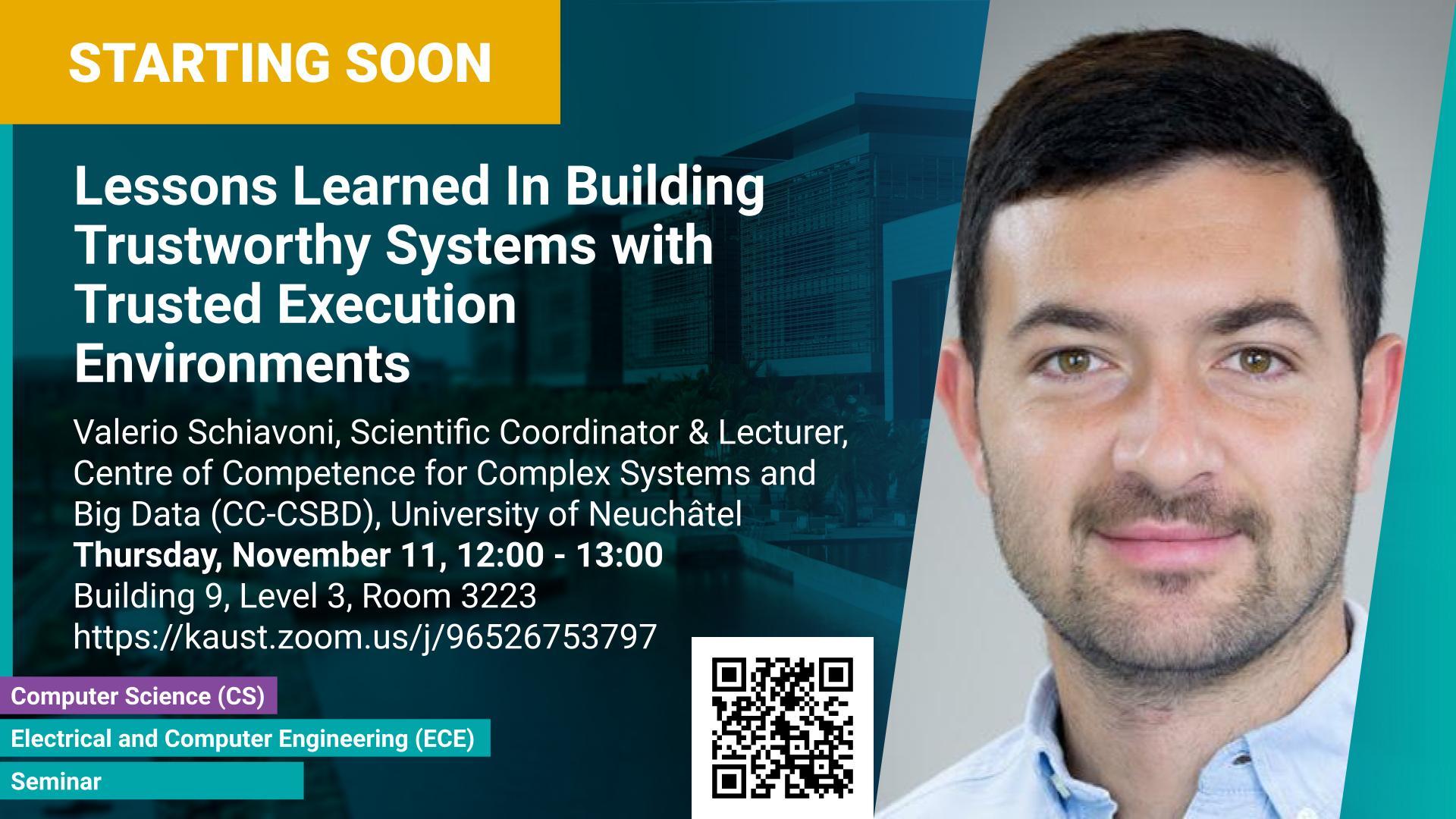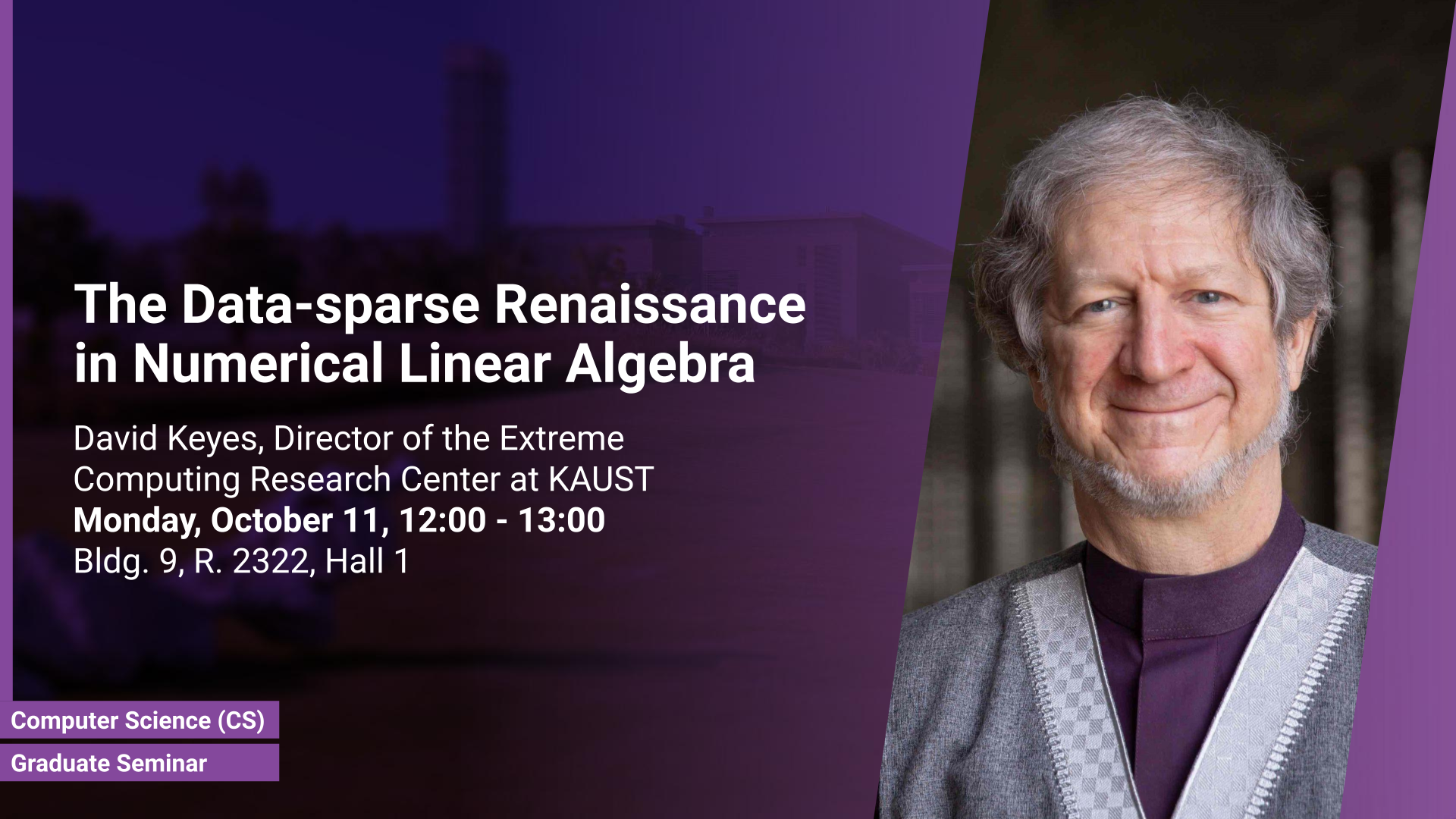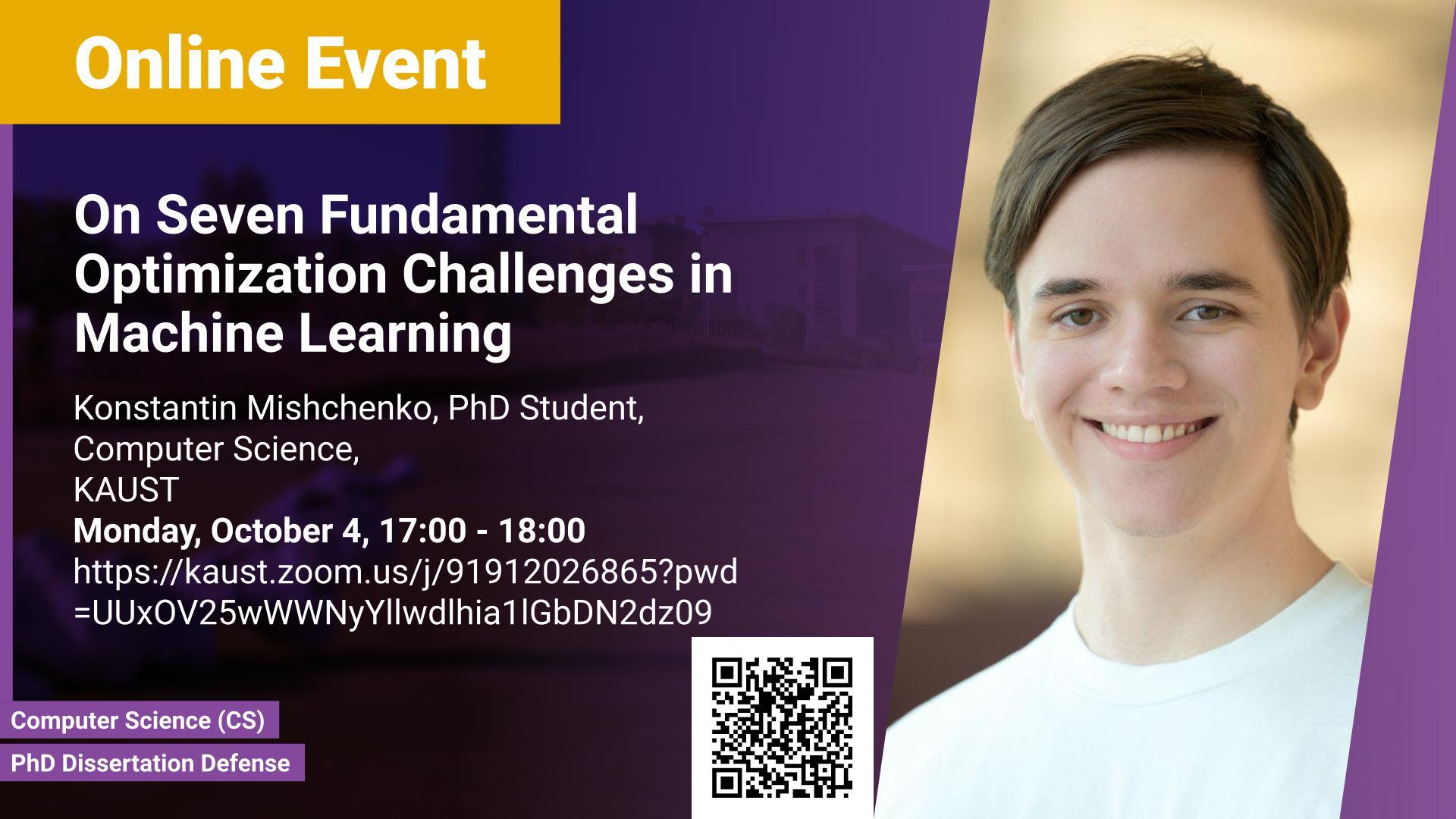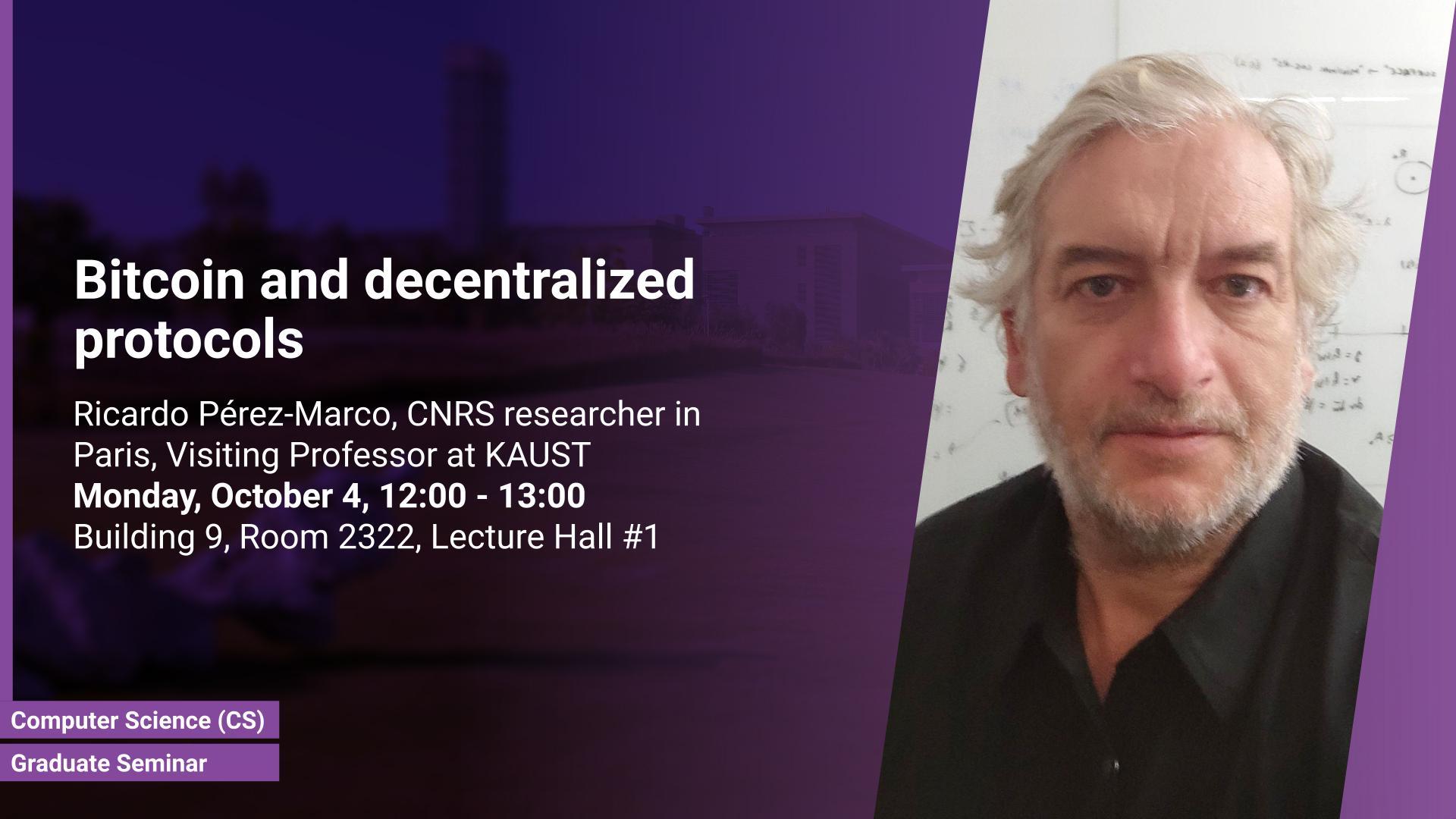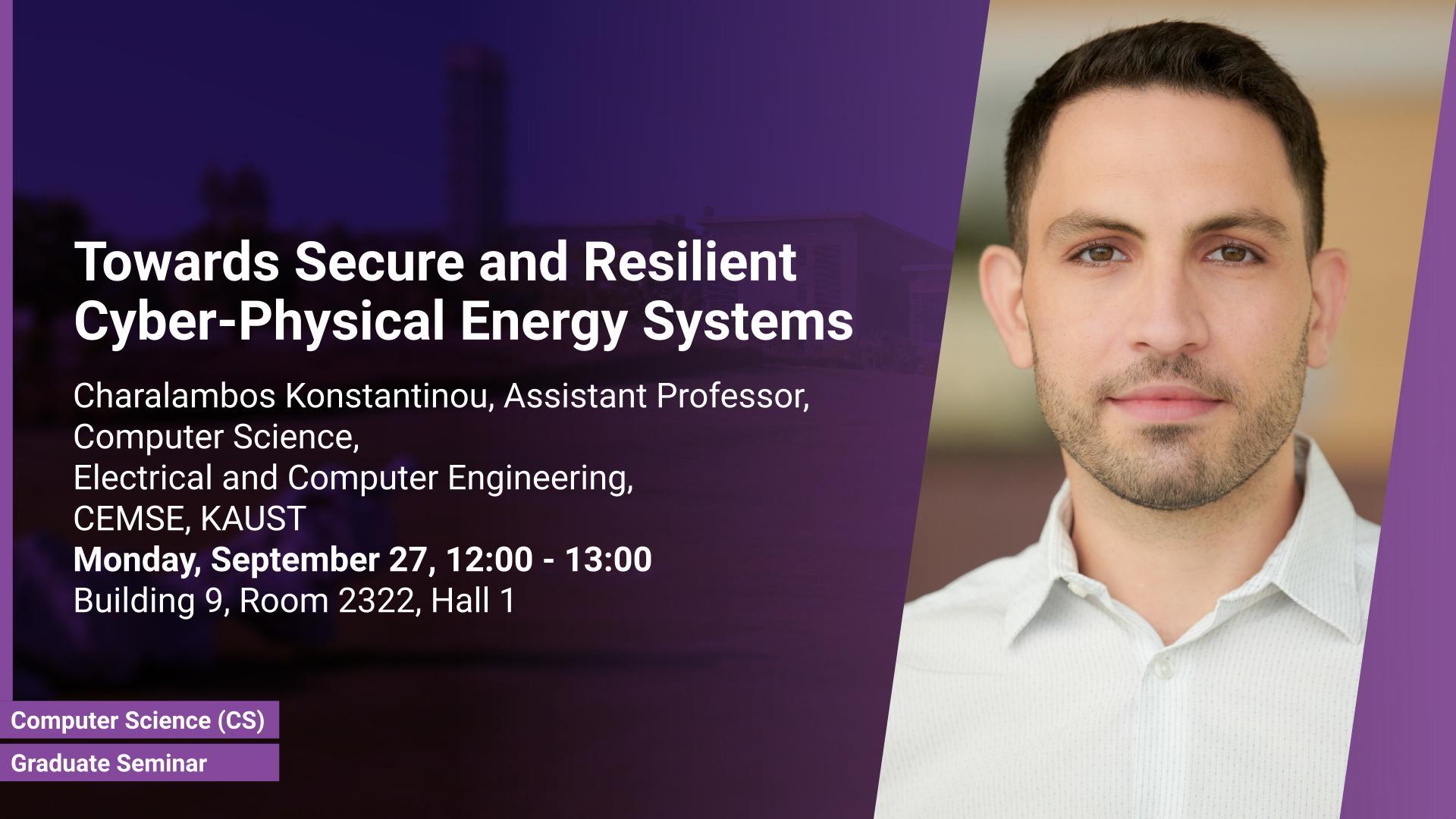Jesper Tegner, Professor, Computer Science, KAUST
Monday, November 08, 2021, 12:00
- 13:00
Building 9, Room 2322, Hall 1
The natural sciences such as biology, medicine, and chemistry are currently in a transformative stage. Progress in technologies for measuring and collecting data (sequences, images, and molecules) has exploded since the human genome project. In parallel, we have witnessed stunning advances in what can broadly be referred to as computational techniques. This includes data-driven analysis of data such as Machine learning and Artificial Intelligence. From an ML/AI standpoint, there is a renewed interest in classical” equation-based modeling, causal analysis, and generative probabilistic modeling techniques. BioAI refers to this “perfect storm” between Bio and AI.
